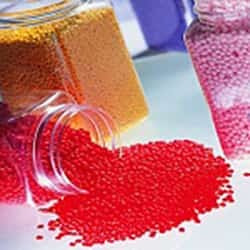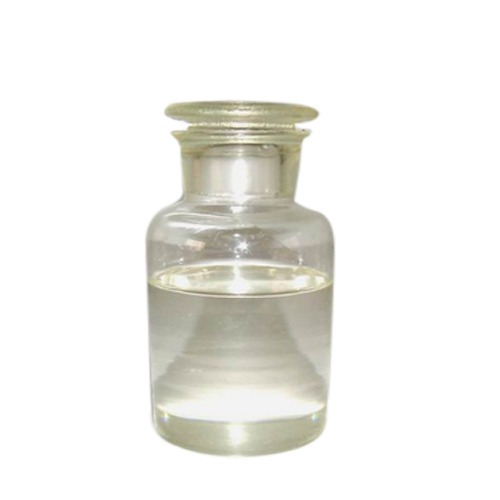PVC S60-61518 (Ethylene based - SG 8) - Taiwan
|
IUPAC Name |
: Poly(1-chloroethylene) |
|
Cas Number |
: 9002-86-2 |
|
HS Code |
: 390410 |
|
Formula |
: C2H3Cl |
Basic Info
|
Appearance Name |
: White Powder |
|
Common Names |
: Polychloroethylene |
|
Packaging |
: 25 Kg Bag |


---china.webp)

---thailand.webp)

 English
English
 Indonesian
Indonesian
 简体字
简体字
 العربية
العربية
 Español
Español
 Français
Français
 Português
Português
 日本語
日本語
 한국어
한국어
 Tiếng Việt
Tiếng Việt
